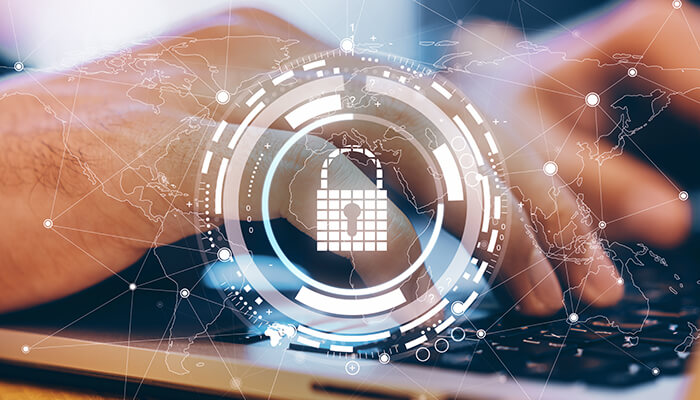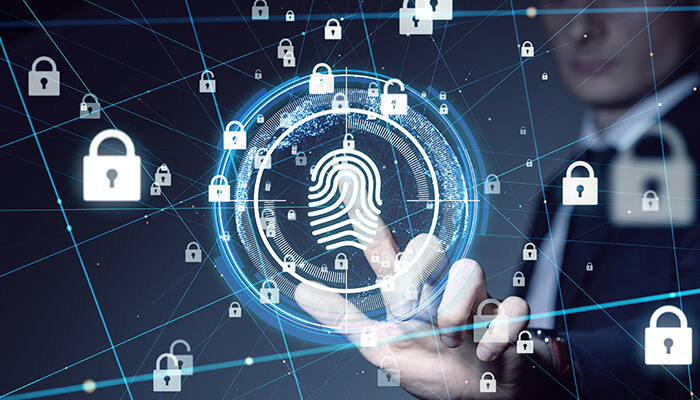While things are slowly returning to normal post-pandemic after two years—some changes, like remote working, are here to stay.
A remote working environment offers a myriad of benefits to organizations as well as employees, including flexibility to work from home, saved commute time, and reduced cost of office space maintenance and rent for companies.
However, at the same time, this environment comes with its own security challenges of secure remote access for employees and remote workers.
Some of these security risks include:
1. Exposed IP addresses on the public Wi-Fi network
2. Poor password cybersecurity policy
3. Lack of authentication and device authorization capabilities, resulting in malware attacks
Hence, maintaining the utmost security and prevention against cybersecurity threats to enable secure remote work is important.
Here’s a list of the top five remote working security tips for employees to enable secure remote access.
1. Develop a cybersecurity policy
Having clear cybersecurity management and policy is important if your organization enables remote working—to ensure the employee’s access to your organization’s data is secure.
Without a cybersecurity strategy and policy, employees become vulnerable entry points for hackers to target and access your network.
Your organization’s cybersecurity policy can include the following:
1. Use of company-owned devices configured with antivirus, anti-malware, and firewall configurations.
2. Access privileges to third-party vendors, like contractors.
3. Regular backups to hardware like hard disks.
4. Providing Service-Level Agreement (SLA) to third-party vendors.
5. Eliminate shared accounts to eliminate risks of unauthorized user access.
6. Mobile security by making use of encrypted software mandatory for the employees.
These cybersecurity policies can reduce security risks to a significant extent when it comes to remote working environments.
2. Use end-to-end encryption
Ensuring the secure remote access software use encryption methodologies is important to protect employees’ connections and data, like passwords.
It acts as the first line of defense to prevent unauthorized access from accessing your network—especially if employees’ devices get lost or stolen.
The encryption methodologies examples include
1. End-to-end encryption: Use end-to-end encryption applications to hide software and email communications from malicious users.
2. Advanced Encryption Standard (AES): Use applications or software using AES encryption to protect company data as it’s compatible with a wide range of applications.
3. Apply two, or multi-factor authentication
Multi-factor authentication (MFA) solutions require employees to pass through multiple authentication steps to access their accounts or company network.
Hence, besides entering their regular usernames and passwords, employees need to enter further authentication step credentials, including security questions, OTPs, biometrics, unique security PINs, retinal scans, or voice recognition.
Thus, even if hackers compromise employee passwords successfully, the other authentication factors make it difficult for malicious hackers to access the network.
4. Employ the least privilege access principle
Limiting user privileges and access permissions to the company network is important to enabling secure remote access.
Not all your employees need to access all the network resources and applications. And based on the user roles, departments, and positions, you can grant access to specific applications they require to complete their work and restrict other critical applications access.
This significantly helps reduce the attack surface and data breaches by limiting user access.
5. Implement employee cybersecurity training
In 2019, over one-third of attacks and data breaches happened because of negligent or malicious employees.
Hence, it is highly crucial to educate employees about the increasing cybersecurity risks, their impact on your organization in the long term, and how they can implement the best security practices from their end.
You can train employees with the following:
1. Safe-browsing practices
2. Shutting their computers when not in use
3. Not opening unsolicited emails and attachments
4. Preventing downloading untrusted applications.
Conclusion
While highly beneficial, remote working models have cybersecurity risks that can affect your company’s network and data security and hamper employee productivity.
Hence, implementing the best cybersecurity practices to enable secure remote access and protect employee data is the key to making your organization future-ready and adapting to the remote working model.
Check out InstaSafe products and Zero Trust services to leverage secure remote access solutions and make your employees work securely and seamlessly from the comfort of their homes.



